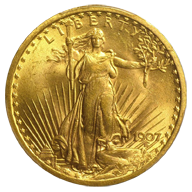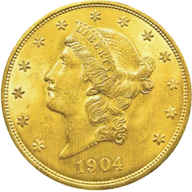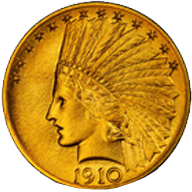The price of gold is dependent on a number of factors. Gold prices are based upon the scarcity of gold and the perception of value in gold. Gold is most common used in gold coins, gold jewelery, and gold bars. It is commonly found in gold nuggets and then is melted down to the desired shape. Gold is the most malleable and ductile pure metal known.
Gold is not a common industrial metal. Silver, Platinum and Palladium have more common industrial uses. However it is used in dentistry and electronics. The price of gold is determined mostly by collectors. The price of gold is related to supply and demand, however it is also subject to speculation.
The gold price is inverse of the value of the dollar. As the dollar declines in value, traditionally gold prices increase. As the dollar strengthens, gold prices traditionally decrease. The price of gold also is dependent on the level of inflation in the world. Investors bid up the price of gold when there is a threat of global inflation. In deflation economies, the price of gold tends to decline.
The price of gold has increased more than 2200 percent between 1970 and 2008. In 1970, the price of gold was only $40 per ounce. Many people follow the price of gold relative to the Dow Jones Average in the Dow/Gold Ratio.
The price of gold is considered a store of value where the price of stocks is considered a return on value. Gold prices climb during times of economy uncertainty while the price of stocks increase in stable economic times. The gold price climbs when economic fear is high.













